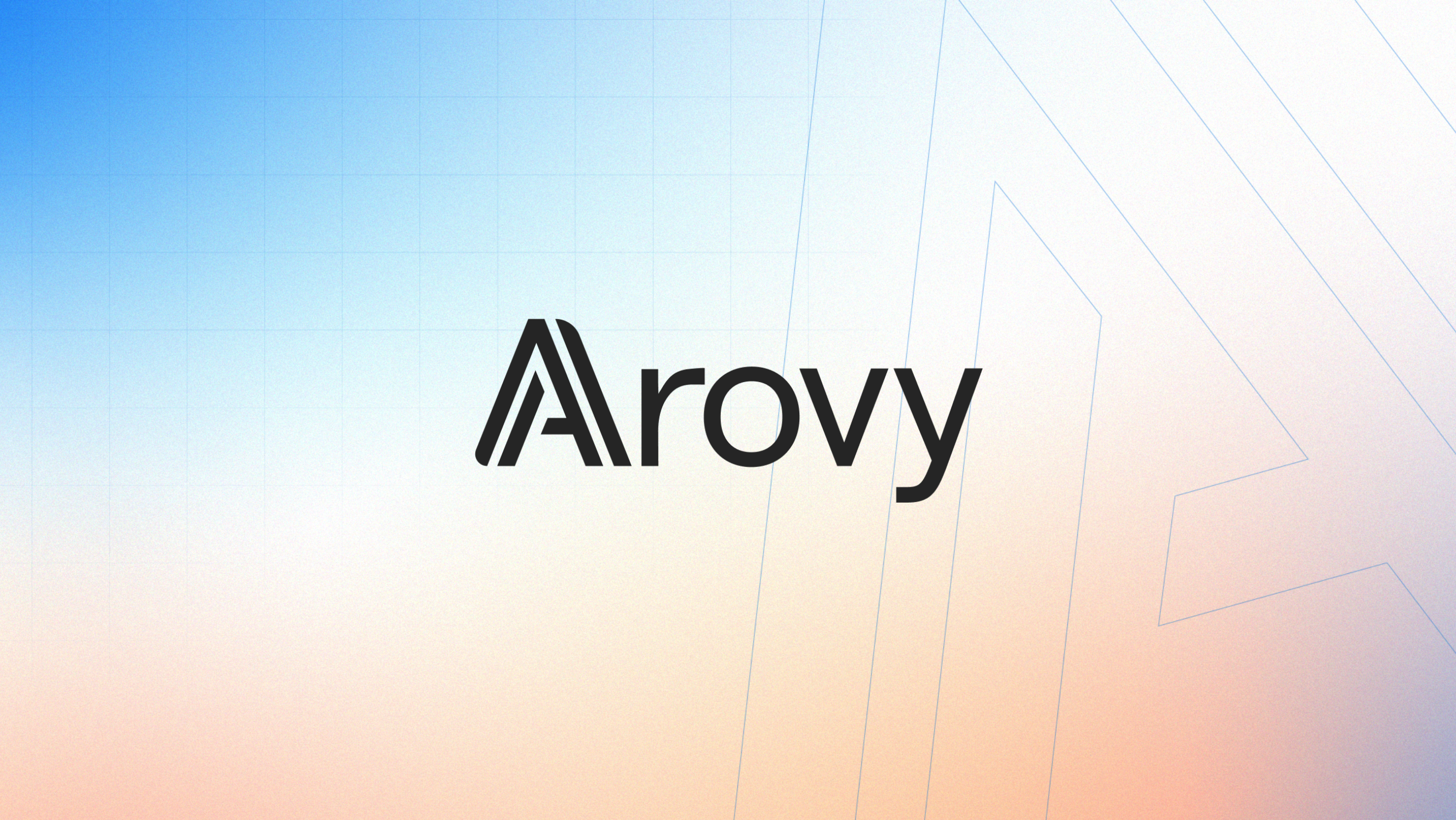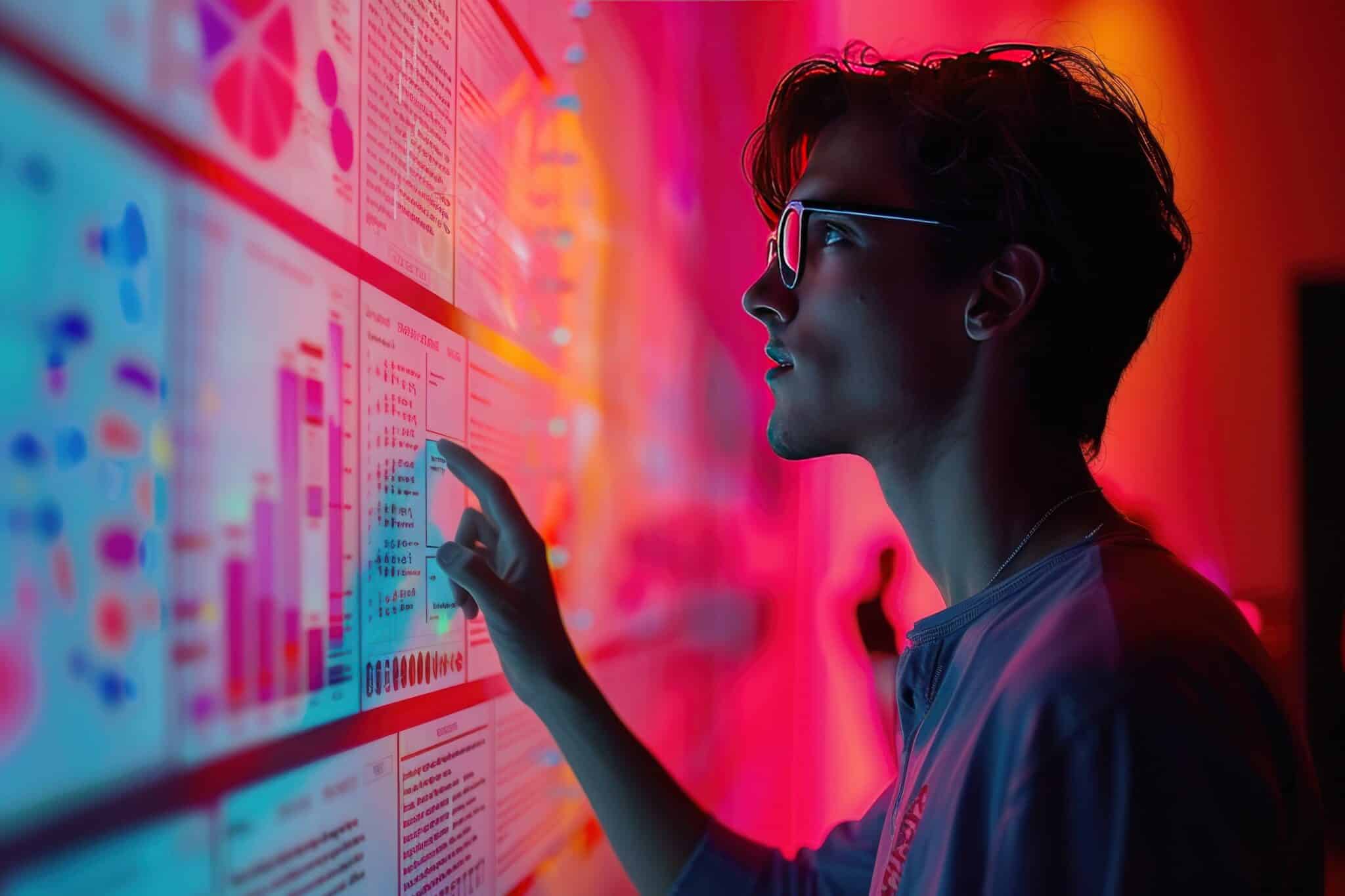7 MIN READ
Observability vs Monitoring: What's the Difference and Why Revenue Systems Teams Should Be Paying Attention
Seamless operations… It's the north star keeping every business systems leader on top of their tech stack’s stability, reliability and performance.
From understanding the nuances between your cloud-environments and on-premise systems to the interconnectivity of third-party apps, it’s an objective that requires you to have deep oversight on the status of tools across every department within your organization.
This is where observability and monitoring tools become critical to the success of business systems leaders, empowering them to not only avoid pitfalls like integration breaks, but also cultivate an environment where decisions are driven by data.
We’re diving into how observability and monitoring work together to provide a holistic view of your integrated systems and strengthen your business and revenue systems.
What are Observability and Monitoring?
Before diving into the details, let's establish a clear understanding of the fundamental definitions and key characteristics of both observability and monitoring. While the terms have historically been used interchangeably, they’re are key differences between the two that are important to call out. Differentiating between observability and monitoring enables leaders to grasp the complete spectrum of system behavior and performance, ultimately leading to more accurate decision making and enhanced optimization.1. Observability
Observability, in simple terms, is like having a window into the workings of your company's systems. By observing the data they produce, Systems leaders are offered a snapshot of what's going on internally. Think of it as a centralized dashboard that gives an overview of all the tech-related activities in your organization. Observability tools help you spot inconsistencies and make sense of the vast amount of information from every tech segment within your organization. These observability tools act like vigilant watchmen. They discern how different parts of your company's digital infrastructure, from cloud services to traditional software, relate to and influence one another. To do this, they focus on three primary sources of information:- Logs: A record of system activities
- Key performance metrics: quantitative measurements of system performance
- Traces: The journey data takes through the system
2. Monitoring
At its core, monitoring is like a health check-up for your integrated tech stack. It gathers all the data from your business systems and allows you to make sense of it. Monitoring offers a heads-up on how your applications are being used, helping your team spot and fix problems. But here's the kicker: monitoring only shows you what you've decided to measure. It's like checking for a fever when you're sick but not looking for other symptoms. So, if you're not measuring the right thing, some problems might just sneak past unnoticed. And that's where observability steps in, offering a broader, more holistic view, moving beyond just what we've predetermined to measure.The Differences Between Observability and Monitoring
Now that we’ve explained what observability and monitoring are, let's take a look at the main differences that set them apart. The key distinction between observability and monitoring boils down to how the data from IT systems is collected. Monitoring gathers and evaluates data we've already decided to track from specific systems. On the other hand, observability pulls in all the data from every IT system, without pre-filtering. For more context, use this chart to compare observability and monitoring side-by-side:| Observability | Monitoring |
| Focuses on understanding system behavior and gaining insights. | Focuses on predefined metrics and KPIs. |
| Emphasizes the availability of diverse data sources and rich context. | Provides real-time or near-real-time data. |
| Allows exploration and investigation of unknown or unexpected issues. | Primarily used for detecting known issues and system health. |
| Often involves collecting data at higher granularity and with richer context. | Generally relies on data collection at fixed intervals. |


.webp)






